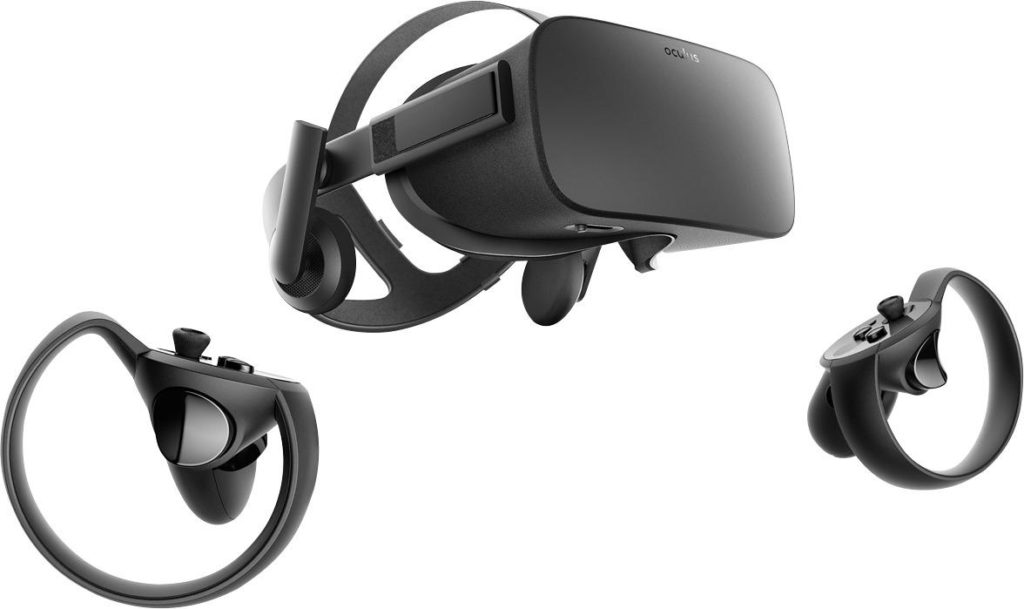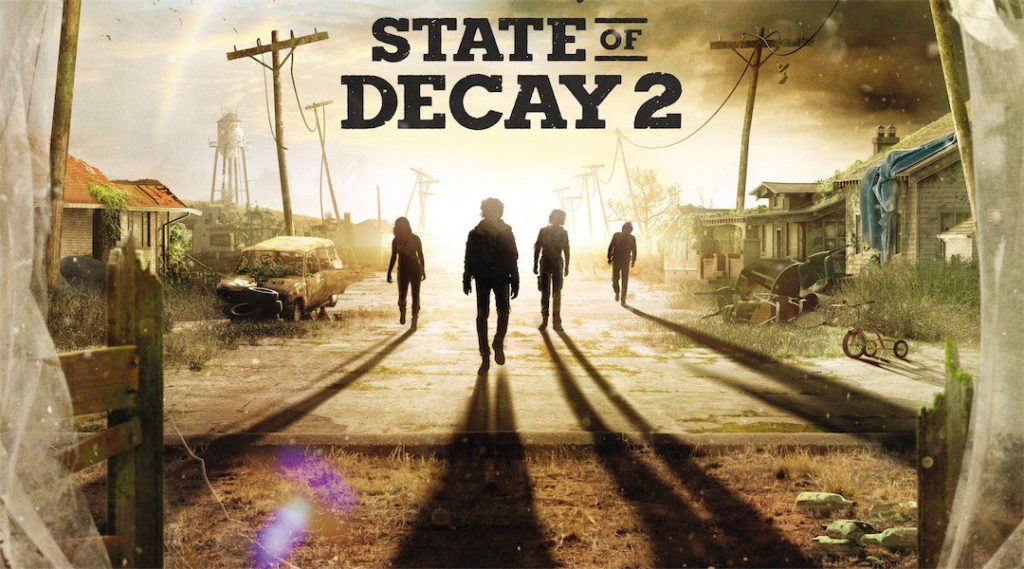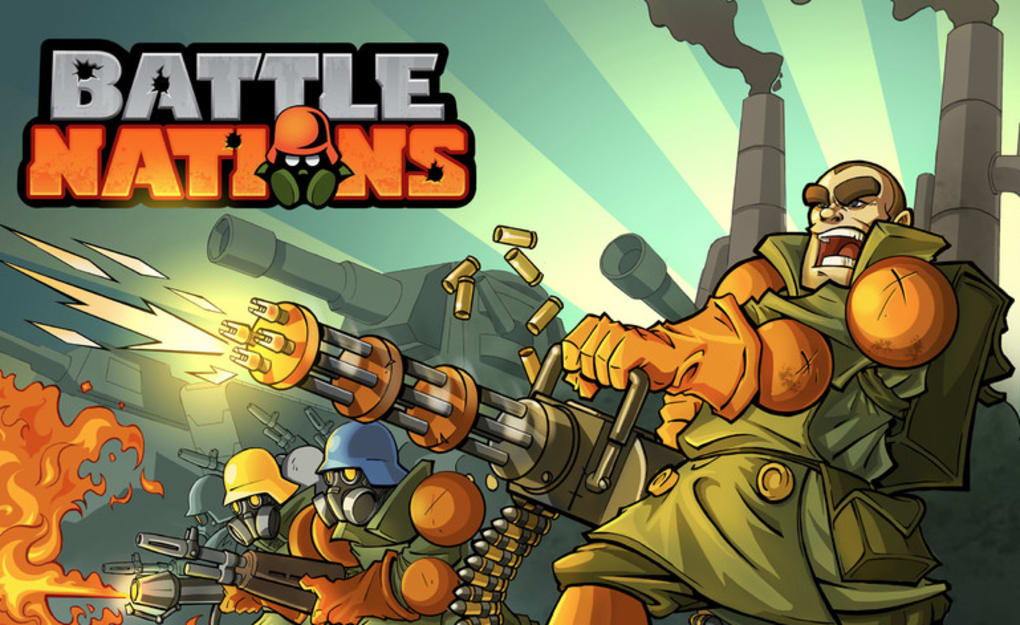
I joined this project as it was already underway, and my immediate feedback was that the game relied too heavily on traditional 2D input paradigms for the majority of our interactions. We needed to make every effort to prioritize tracked inputs, simulating the physicality of our 3D world. The team agreed with this in theory, but weren’t convinced of the value until I built prototypes using our pre-existing assets and Unreal’s Blueprint scripting. Actually getting to use the new gesture-based input system made it clear how just how valuable these changes were. These prototypes led to a ground-up overhaul of nearly all in-game interactions.

